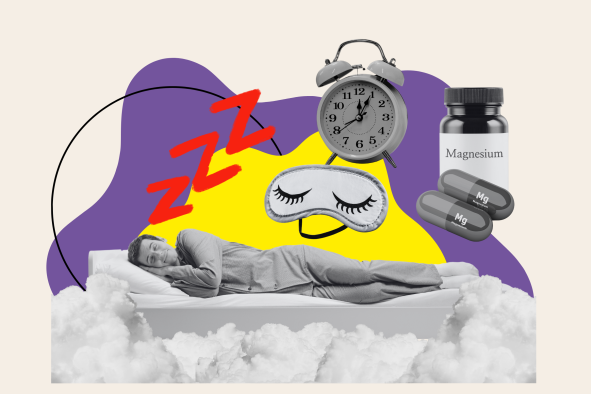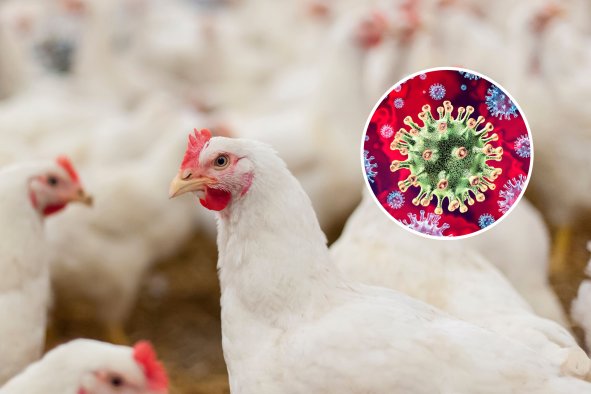Pink cocaine found in a partial autopsy of former One Direction singer Liam Payne has been described by experts as "Russian roulette."
The designer drug, detected in the star's system, has the potential for serious long-term psychological side effects and serious health risks, including death. But what makes this new drug so dangerous?
"The use of pink cocaine is becoming increasingly widespread, with case studies emerging from Europe, the USA, and South America," Joseph Janes, a lecturer in Criminology at Swansea University and author of a recent article on pink cocaine for The Conversation, told Newsweek. "Although the exact demographic of users is not yet clear, the drug is strongly associated with party scenes, where it is gaining popularity."
Pink cocaine, also known as Tusi, first rose to popularity in Colombia in 2010, although Janes said it was first synthesized in 1974 by American biochemist Alexander Shulgin. It has since spread around the world, becoming increasingly popular during COVID-19 lockdowns, reports U.K. Addiction Treatment Centres.
Despite what its name suggests, the drug is actually a cocktail of different chemicals, which rarely includes cocaine. Typically, ingredients include a mixture of ketamine, MDMA, starch and caffeine. This combination of hallucinogenic and stimulating chemicals creates a high unlike the purely stimulating effects of traditional cocaine. However, it can also be very dangerous.
"Pink cocaine is referred to as 'Russian roulette' because its composition varies drastically between batches," Janes said. "This inconsistency means that users never know what they are consuming, as the drug often contains a mixture of various substances, sometimes including dangerous or unknown chemicals. Such unpredictability significantly increases the risk of overdose or severe adverse reactions."
Janes continued: "In addition to its unpredictable composition, pink cocaine is particularly concerning due to its deceptive appeal. Its bright color and recent associations with celebrities can give the impression that it's a safer, more glamorous alternative to traditional drugs, especially in lively party settings. However, the reality is far more dangerous, as it often contains a mix of unknown and potentially lethal substances."
Whether pink cocaine was involved in the death of singer Liam Payne is still unclear and it will likely to be several weeks before conclusive toxicology reports are filed. However, it has been linked to a growing number of drug-related deaths.
"Given the current trends and the drug's association with high-energy party settings, it's likely that pink cocaine's popularity will continue to grow, especially as awareness of it spreads in different regions," Janes said.
"Pink cocaine highlights the growing risks in unregulated drug markets, where users face increasing uncertainty over what they are taking. It underscores the urgent need for harm reduction measures, such as drug testing at festivals and parties, to mitigate the dangers posed by such unpredictable substances."
Janes' full article can be found in The Conversation.
Is there a health problem that's worrying you? We can ask experts for advice, and your story could be featured in Newsweek.
Disclaimer: The copyright of this article belongs to the original author. Reposting this article is solely for the purpose of information dissemination and does not constitute any investment advice. If there is any infringement, please contact us immediately. We will make corrections or deletions as necessary. Thank you.



